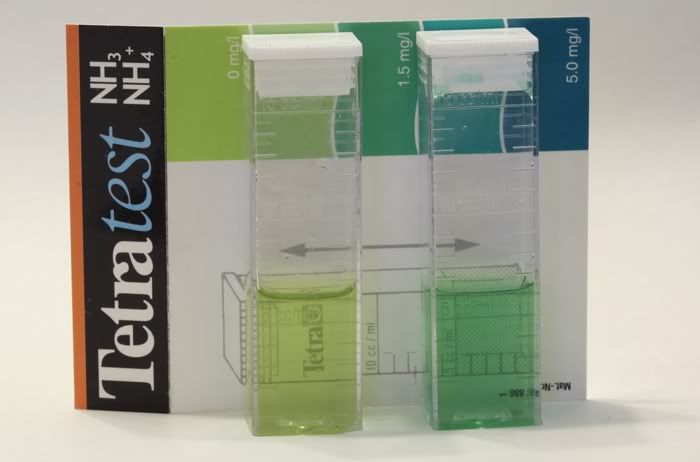Originally Posted by
Cranberry
http:///forum/post/3109455
I read something in one of my books last night at lunch that some of you may find interesting....
This is quoted from The Marine Fish Health & Feeding Handbook. Bob Goemans and Lance Ichinotsubo.
"Proper Acclimation of Animals.
...When a fish is placed in a plastic bag, the dissolved oxygen begins to be depleted by it's respiration and the concentration of carbon dioxide begins to rise. As carbon dioxide increases, the pH of the surrounding water will begin to fall. Because the fish excretes waste into this water, and due to the small volume of water, a buildup of ammonia will occur. Fortunately, as the toxicity of ammonia is inversely proportional to the pH, it's more toxic at a higher pH, the lower pH is actually advantageous and may not be overly troublesome in this situation....."
Talks about floating unopened bag for 15 - 30mins for temp acclimation... I'm hand typing this so your not getting the whole page, just what pertains to the topic ....lol.
"... what is most important is to minimize the time a fish spends in the bag. Since we prefer placing the new fish into a quarantine tank, we recommend the SG of the tank to be kept at around 1.010-1.013. We find this not only helps to hold more oxygen in the water, but is also less taxing on a fish's metabolism and can retard the proliferation of ectoparasites. We do not recommend dripping or dipping tank tank water and mixing it with bag water."
Dr. Michael Stoskopf, a professor of aquatic, wildlife and zoologic veterinary medicine in North Carolina State University states "extensive research clearly indicates that greater mortality is seen with drip acclimation. He favors equalizing the temperature and getting the fish into it's new tank."
"Scott Michael, author of many books on reef fishes, agrees: "I used to drip-acclimate everything, but now I usually just want to get the fish out of the bag and into good water as quickly as possible. I float for no more than 30 minutes. For fish shipped overnight, I cut open the bag, pour off most of the water, and carefully slip the fish into it's receiving tank. I believe this gives me better survival than long drip-acclimation sessions that can be stressful to many fishes."
It's a pretty good book. Aimed at the beginner to mildly intermediate.
Interesting...SWF ships the fish in 1.010, eventually it would have to be acclimated to my DT which is kept at 1.023/1.024...since you were typing by hand, did the page say anything about when a good time would be to start that change?
OR
Maybe just for good measure, since it is already low, wait a day or two and start Hypo and make sure ich has no chance???
What do you think?



